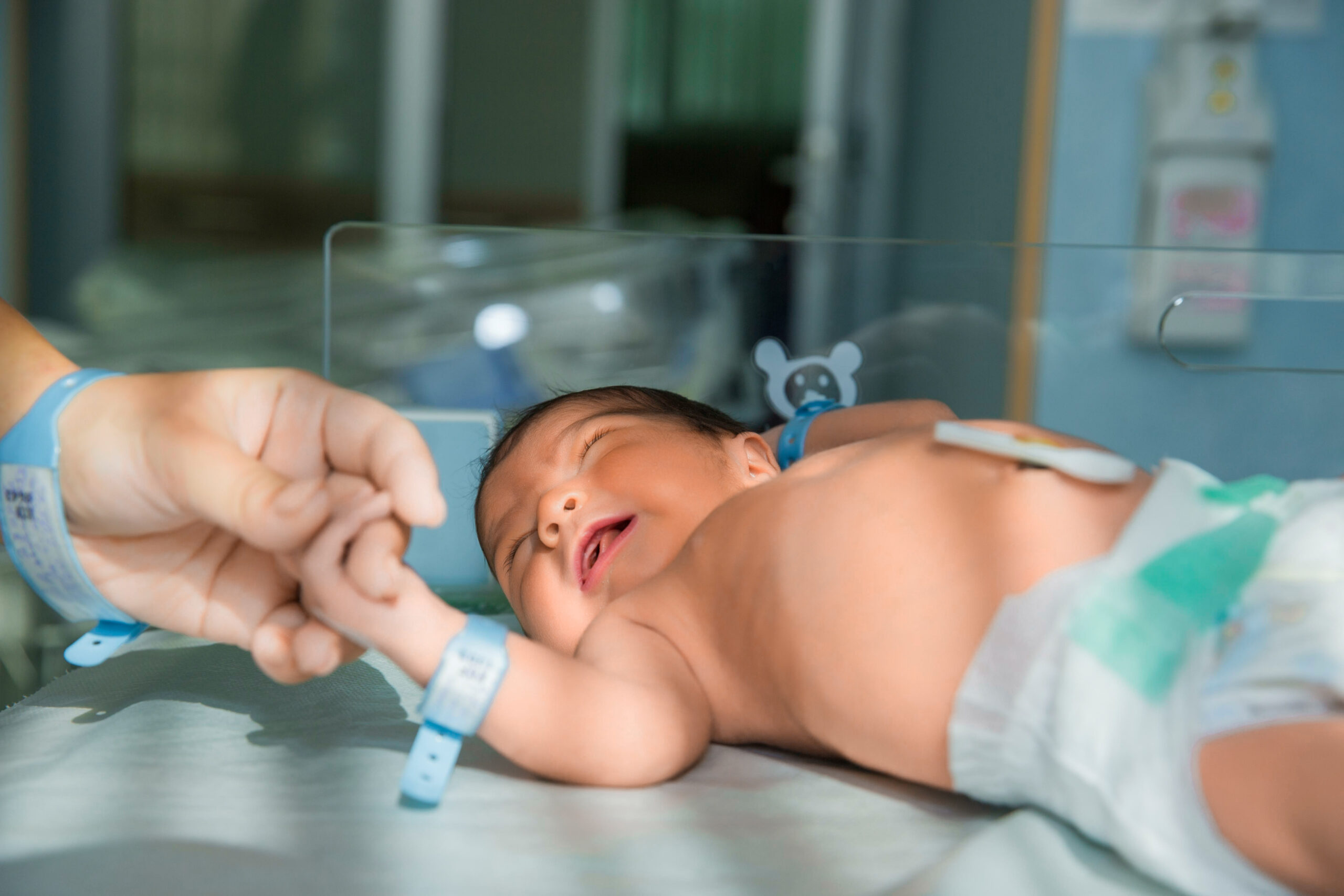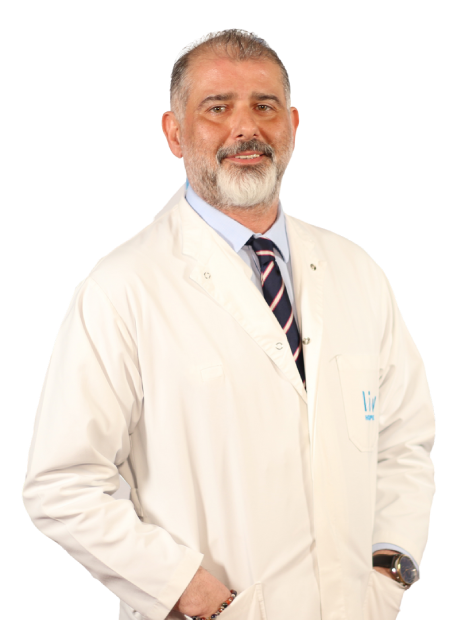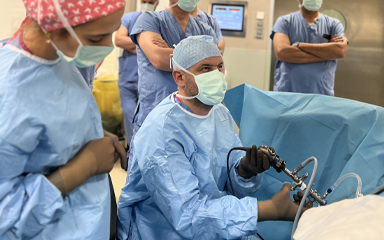What Is Pediatric Surgery? A Parent’s Guide to Procedures, Safety, and Recovery
Pediatric surgery involves diagnosing and treating conditions in babies, children, and teens through surgery. Because children have different anatomy, fluid needs, and ways of healing, their care uses smaller instruments, anesthesia suited for their age, and recovery plans focused on comfort and safety. The main goals are to relieve symptoms, solve the problem, reduce pain and stress, and help kids get back to their normal routines safely.
Children are often referred for surgery because of hernias, appendicitis, undescended testicles, abdominal issues that affect eating or comfort, soft tissue lumps, or certain injuries. Sometimes, specialists like pediatric orthopedic, cardiac, or oral surgeons are involved for bone, heart, or dental procedures. No matter the condition, the process is similar: careful evaluation, clear explanations, anesthesia suited for children, precise surgery, and a recovery plan you can follow at home.

Safety is the top priority. Before surgery, the team checks your child’s medical history, medications, and allergies, and gives you instructions about fasting and medicines. On surgery day, a checklist makes sure your child’s identity, procedure, and any special needs are confirmed. After surgery, nurses and anesthesiologists watch your child’s breathing, comfort, and hydration. Families get clear instructions on pain control, fluids, diet, activity, and wound care, plus signs to watch for that mean you should call the doctor.
What Are the Most Common Pediatric Surgeries? What to Expect
Many pediatric surgeries are routine and carefully planned to keep children comfortable.
• Inguinal and umbilical hernia repair: Repairs a weak spot where tissue protrudes. Most are outpatient with a quick return to light activity. Expect incision care, pain control with simple medicines when appropriate, and a short period of activity restrictions.
• Appendectomy: Removes an inflamed appendix, often laparoscopically. Children usually walk the next day. Diet advances from liquids to regular foods as nausea resolves. If the appendix was perforated, the hospital stay and antibiotic plan would be longer.
• Orchiopexy (undescended testicle): Positions the testicle in the scrotum. Typically, an outpatient has brief activity limits and careful hygiene.
• Soft tissue mass excision: Removes cysts, lipomas, or other benign lumps. Aftercare focuses on keeping the site clean and dry and watching for signs of infection.
• Pediatric oral surgery: May include extractions or procedures for infection or injury. Expect guidance about soft diet, mouth rinses, and pain control.
• Pediatric orthopedic procedures: From fracture pinning to tendon or ligament procedures, plans emphasize safe immobilization, pain control, and stepwise return to activity.
For most procedures, families can expect a clear process: check in, anesthesia designed for children, close monitoring during recovery, and easy to follow written instructions for care at home.
Do Pediatrics Do Surgery? Understanding Roles in Pediatric Care
The question “do pediatrics do surgery” can be confusing. Pediatricians are doctors who care for children’s health, including immunizations, growth, common illnesses, and long term conditions. Pediatric surgeons are the ones who perform operations.
Usually, pediatricians find problems like hernias or appendicitis and refer families to pediatric surgeons for further care. After surgery, both the surgeon and the pediatrician may help with follow up to make sure pain is managed, healing is on track, and your child gets back to normal activities.
What Is Pediatric Orthopedic Surgery? Conditions and Treatments

Pediatric orthopedic surgery addresses bones, joints, muscles, and ligaments in growing children. Common reasons for surgery include fractures that need stabilization, limb deformities, hip conditions, and sports or overuse injuries. Growth plates make children different from adults; treatment choices protect future growth and function. Approaches range from casting to minimally invasive fixation or open procedures.
Recovery plans emphasize pain control, protection of the repair (casts, splints, or braces), and a guided return to activity. When appropriate, physical therapy supports strength, balance, and flexibility.
What Is Pediatric Cardiac Surgery? From Diagnosis to Recovery

Pediatric cardiac surgery treats congenital and acquired heart conditions. Examples include closing septal defects, repairing valves, and addressing complex heart anatomy. Care begins with imaging and planning by a coordinated team. On surgery day, anesthesia and monitoring are tailored to your child’s size and condition.
After surgery, children may spend time in an intensive care setting before moving to a step down unit and then home. Families receive clear instructions for incision care, medicines, activity, and warning signs. Questions like “how long does pediatric open heart surgery take” or “how long does pediatric heart surgery take” depend on the diagnosis and procedure; your team will share personalized timing and recovery expectations.
How Long Does Pediatric Surgery Take? Timing for Common Procedures
Every child and procedure is unique, but general ranges can help planning:
- Hernia repair: Often under 1 hour; home the same day.
- Appendectomy: About 30–90 minutes; length of stay varies if the appendix was perforated.
- Orchiopexy: About 45–90 minutes; outpatient.
- Soft tissue mass excision: Brief; outpatient.
- Pediatric orthopedic procedures: From under an hour for simple pinning to several hours for complex reconstructions.
- Pediatric cardiac surgery: A few hours to most of the day for complex repairs.
- Pediatric dental surgery: Simple extractions can be quick; multiple procedures under anesthesia may take 1–3+ hours.

- Facility time is longer than the procedure itself, including check in, preparation, and recovery. Plan for several extra hours on an outpatient day.
What to Expect After Pediatric Surgery: Pain Control, Diet, and Activity
Recovery is all about keeping your child comfortable, making sure they get enough fluids and nutrition, and encouraging gentle activity.
- Pain control: Many children do well with scheduled acetaminophen and/or ibuprofen when appropriate, reserving stronger medicines for breakthrough pain. Ice or heat may help with soft tissue and orthopedic procedures. Good pain control enables deep breathing, walking, and sleep.
- Nausea and diet: Start with clear liquids, then bland foods. Hydration is essential small, frequent sips reduce nausea and support healing. Soft diets are common after oral, throat, or abdominal procedures.

- Incision and wound care: Keep dressings clean and dry. Avoid soaking until your surgeon says it’s safe. Watch for increasing redness, swelling, warmth, drainage, fever, or worsening pain.
- Activity: Gentle walking supports circulation and lung function. Follow instructions about lifting, sports, and playground activities. For orthopedic procedures, follow weight bearing limits and brace/cast guidance exactly.
- Sleep and routine: Extra rest is normal. Calm routines help reduce stress.
- Follow up: Confirm appointments for healing and adjust plans. Call sooner concerning symptoms.
Is Pediatric Surgery a Specialty? How Pediatric General Surgery Works
Yes. Pediatric general surgery provides surgical care tailored to children. The process includes evaluation (exam, imaging if needed), a family centered discussion of options, and a plan that fits your child’s age and daily life. Pediatric anesthesia, nursing, and recovery protocols are standardized for safety. Collaboration with other child focused services, such as pediatric orthopedic surgery, pediatric cardiac surgery, and pediatric oral surgery, ensures coordinated care when more than one area is involved. Families can expect clear instructions, accessible communication, and practical guidance for home care.
How to Prepare for Surgery Day and the First Week at Home
Preparation reduces stress and supports a smoother recovery.
- Pre op: Follow fasting instructions exactly; they are essential for anesthesia safety. Confirm which daily medicines to give or hold.
- Comfort: Bring a favorite toy or blanket and plan calm distractions like music or stories.
- Clothing and logistics: Choose loose, easy on clothing. Consider car seat comfort if the incision is near the belly or groin.
- Home setup: Stock clear fluids and easy to digest foods. Fill prescriptions ahead of time. Arrange a quiet rest spot with pillows and entertainment.
- Communication: Keep contact numbers handy. Know which symptoms should prompt a call—fever, worsening pain, new swelling, drainage, breathing issues, persistent vomiting, or concerns about hydration. During the first week, keep pain medicines on schedule if advised, encourage small, frequent drinks, help with short walks, and protect the incision. Most children resume light activities quickly; wait for clearance before sports, swimming, or rough play.
Red Flags and When to Seek Urgent Care

Call your surgical team or seek urgent care if you notice:
- Fever higher than instructed
- Increasing redness, swelling, warmth, drainage, or severe pain at the incision
- Persistent vomiting or inability to keep fluids down
- Shortness of breath, chest pain, or severe cough after surgery
- Inability to bear weight after an orthopedic procedure
- New symptoms that worry you. Early communication helps prevent complications and keeps recovery on track.
Returning to School, Play, and Sports
Most children bounce back quickly. Your surgeon will guide you on when it is safe to return to school or daycare, as well as to sports, swimming, and playground activities. The general approach is gradual: start with walking and quiet play, then add more as comfort improves and as cleared by your surgeon. Keep a simple log of pain, appetite, sleep, and activity tolerance to share at follow ups this helps fine tune the plan.
Conditions Treated by Pediatric Surgeons at Liv Hospital
1. Neonatal Surgery: Treats newborns with birth conditions such as:

- Congenital diaphragmatic hernia
- Esophageal atresia and tracheoesophageal fistula
- Omphalocele and gastroschisis
- Intestinal atresia
- Hirschsprung's disease
- Anal atresia
- Biliary atresia
2. Pediatric Gastrointestinal Surgery: Manages conditions such as:

- Appendicitis
- Intussusception
- Pyloric stenosis
- Inflammatory bowel disease
- Anal fissure
- Anal fistula
- Hemoroid
3. Pediatric Oncology Surgery: Treats cancers in children, including:

- Wilms' tumor (kidney cancer)
- Neuroblastoma
- Hepatoblastoma
- Rhabdomyosarcoma
- Ovarian cysts and tumors
- Germ Cell tumors
- Sacrococygeal teratom
- Testis tumors
- Dermoid cyst
- Splenectomy
4. Pediatric Thoracic Surgery: Focuses on chest conditions such as:

- Congenital lung malformations
- Pectus excavatum (funnel chest)
- Mediastinal tumors
5. Pediatric Urological Surgery: Manages urinary and genital conditions such as:
- Circumcission
- Hypospadias
- Epispadias
- Undescended testicles (cryptorchidism)
- Hydronephrosis
- Ureteropelvic obstruction
- Vesicoureteral reflux
- Posterior urethral valves
- Bladder exstrophy
6. Pediatric Trauma Surgery: Handles emergency cases, including:
- Blunt and penetrating trauma
- Burns and soft tissue injuries
7. Inguinal Pathologies
- Inguinal hernia
- Hydrocele
- Testicular torsion
- Undescended testicle
- Ectopic testicle
- Varicocele
8. Pediatric Minimally Invasive Surgery: Uses laparoscopic, robotic, and all types of endoscopic techniques, such as gastroscopy, cystoscopy, and colonoscopy (both rigid and flexible), for:

- Appendectomy
- Cholecystectomy
- Undescended testis
- Hernia repair
- Thoracoscopic lung procedures
- Foreign body aspiration
- Foreign body in the gastrointestinal tract
- Spina Bifida
- Voiding problems
- Pilonoidal cysts
- Constipation
- Intersex
Challenges in Pediatric Surgery
- Smaller anatomy: Surgeons need to use precise techniques and special instruments.
- Parental involvement: Families are often part of the decision-making process.
- Long-term outcomes: Surgeons consider the child’s growth and development after surgery.
Pediatric surgery at Liv Hospital
For more information about our academic and training initiatives, visit Liv Hospital Academy
Frequently Asked Questions for Pediatric Surgery
Is pediatric surgery a specialty?
Yes. Pediatric surgery is a distinct specialty focused on the surgical needs of children, with coordinated anesthesia and recovery plans designed for safety.
What surgeries do pediatric surgeons perform?
Procedures include appendectomy, hernia repair, orchiopexy, cholecystectomy, soft tissue mass excision, gastrostomy tube placement, and operations for certain gastrointestinal conditions.
What to expect after pediatric dental surgery?
A soft diet, careful oral hygiene as directed, and a stepwise pain plan. Watch for bleeding that does not stop, fever, or dehydration.
What to expect after pediatric cataract surgery?
Children usually go home the same day. Expect eye protection, eye drops as prescribed, activity limits to avoid rubbing the eye, and close follow up.
What to expect after pediatric open heart surgery?
Expect a stay in a monitored unit, careful pain control, breathing exercises, incision care, and a gradual increase in activity guided by your heart team.









